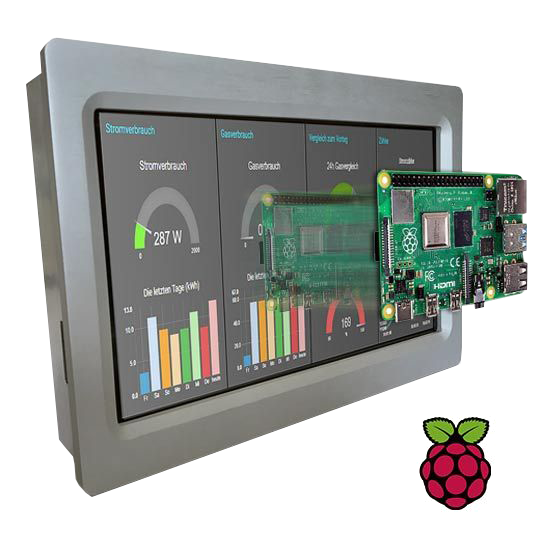

It looks like my tanks are not super squat, thank goodness. Still, despite the resolution limits, I FAR prefer SeeLevel to resistive senders due to its external mounting. So at least in the case of SeeLevel senders, the protocol isn't the problem. That's great for a tall tank (2.3% resolution for 16" sender), but not great for a short wide tank (9.4% resolution for a 4" sender, but still better than 33%!). To put resolution into perspective, for a small 20 gallon (75.7L) tank, a 1 liter resolution amounts to 1.3% increments vs 0.13% for 0.1L resolution. I would certainly like to have the ability to monitor my LPG levels too.

It seems NMEA2000 is superior in nearly every respect BUT does not support propane tank levels. RV-C doesn’t support remote configuration per se. In addition, pretty much any major description or field may be changed via the CAN bus.

NMEA2000 supports additional information such as two 70 character installation description fields, which are quite useful for a unit which may be hidden behind a panel. RV-C does directly support LPG (propane) tank levels but NMEA2000 does not. RV-C’s handling of this data involves one “tank instance number” which is implemented less easy to understand. NMEA2000’s handling of tank numbers and fluid types is a bit easier to follow. NMEA2000 specifies specific CAN bus connector types and also specifies that the CAN bus must be electrically isolated RV-C does not. RV-C implements a tank diagnostic message whereas NMEA2000 does not this allows for a greater degree of troubleshooting problems with an RV-C system as opposed to NMEA2000. For this reason, there are some benefits of not implementing the absolute level field. RV-C implements an absolute liquid level field whereas NMEA2000 does not that said, many OEM customers absolutely DO NOT want any device that reports absolute liquid levels because their customers will ultimately complain about absolute accuracy which means that the system must take tank shape into account, etc.

NMEA2000 supports tank volumes with 0.1 liter resolution (int32) whereas RV-C supports one liter resolution (int16). (Courtesy of Mark who has implemented both)
#RV CONTROL PANEL WITH RASPBERRY PI CODE#
And, Source code of it is public.ĭifferences between RV-C and N2K wrt tank level To test the html5 integration see latest sticky post regarding v2.30 release candidates for instructions. In most cases, all that needs doing to support a new brand of display is that a discovery protocol needs to be agreed on between the display and Venus OS: used by the display to show the button that opens the Victron (web-)page. to integrate onto a display that has webbrowsing capabilities, an HTML5 integration could be a better choice than working on RV-C. in case anyone makes something for reading tank levels we’ll be more than happy to help & review and add it into standard Venus OS.
#RV CONTROL PANEL WITH RASPBERRY PI DRIVER#
More background on developing such driver is explained here. In the already existing format, documented here. to integrate those seelevel tank senders what is required is to make a command line executable or script that listens to the canbus & when receiving data from on or more tank senders, publishes that data on the D-Bus. And root access to our GX products is available. Any sending or receiving of RV-C PGNs is best done on Venus OS / our GX product range. It does require (seamless) webbrowser capabilities on the side of the display. Regarding that last point, the big new coming feature in Venus OS, integration on marine MFD chartotters by means of a html5 webpage hosted on our side, will be get most of the same requirements done and better in most cases than by trying to format Victron system metrics in a field oriented protocol such as NMEA2000 or RV-C. Note that I’m not familiar with what type if displays are used in motorhomes/RVs that use RV-C. it could be nice to transmit some information out on RV-C, such as battery voltage and SOC so that it can be displayed to other manufacturers displays. (Garnet seems to be by far the most popular one). I have not heard about RV-C in Europe.ġ) it would be nice to have GX devices read data from Garnet seelevel tank senders and possible other RV-C compatible tank senders. Its mostly used in the USA, I think, maybe also in Australia. RV-C is canbus based documentation available publicly and for what I’ve understood much simpler to implement than NMEA2000 is. This article is to explain the possible benefits of integration and some technical pointers on where to start. The RV-C protocol is for RVs what NMEA2000 (aka N2K) is for boats.


 0 kommentar(er)
0 kommentar(er)
